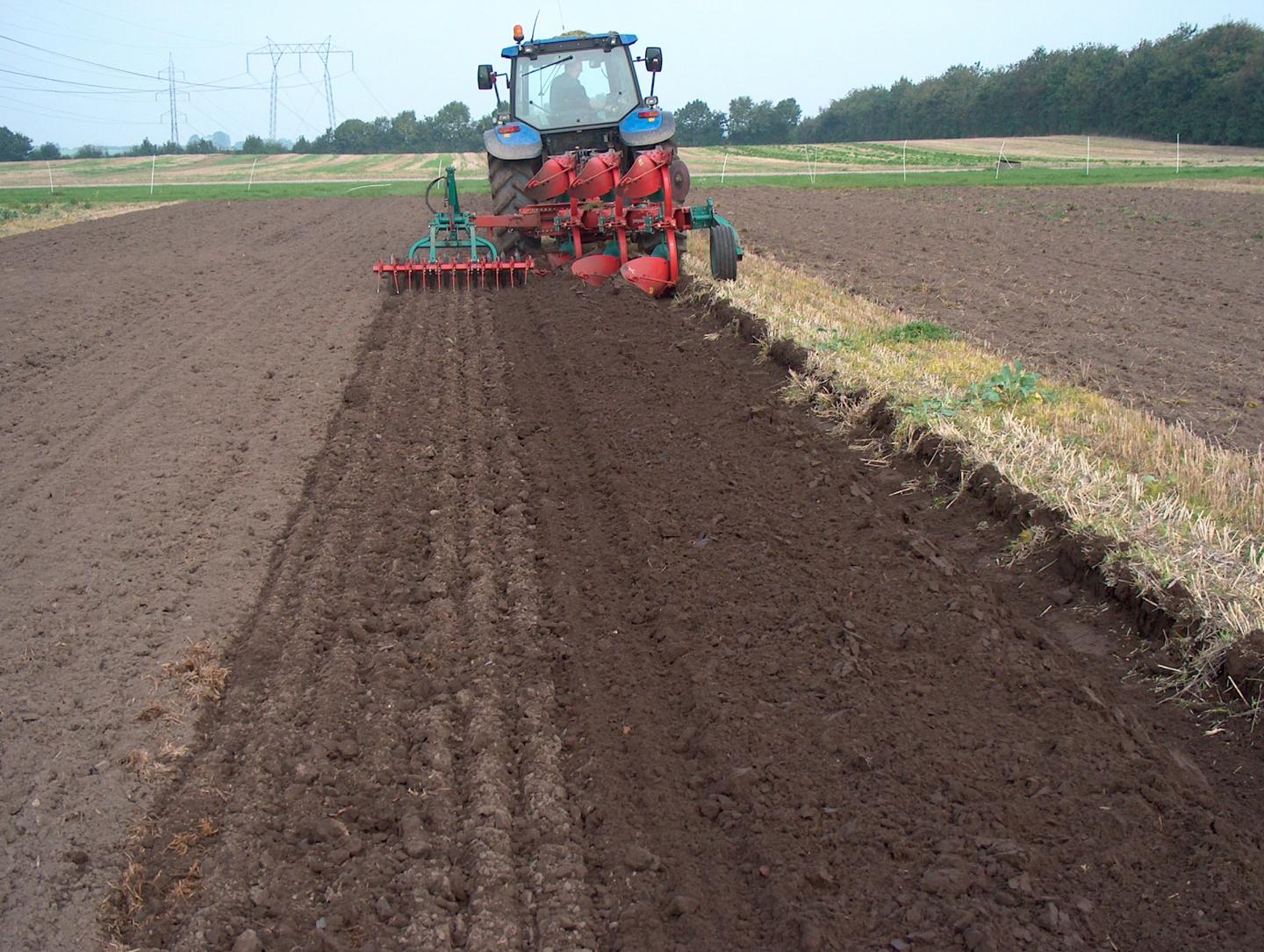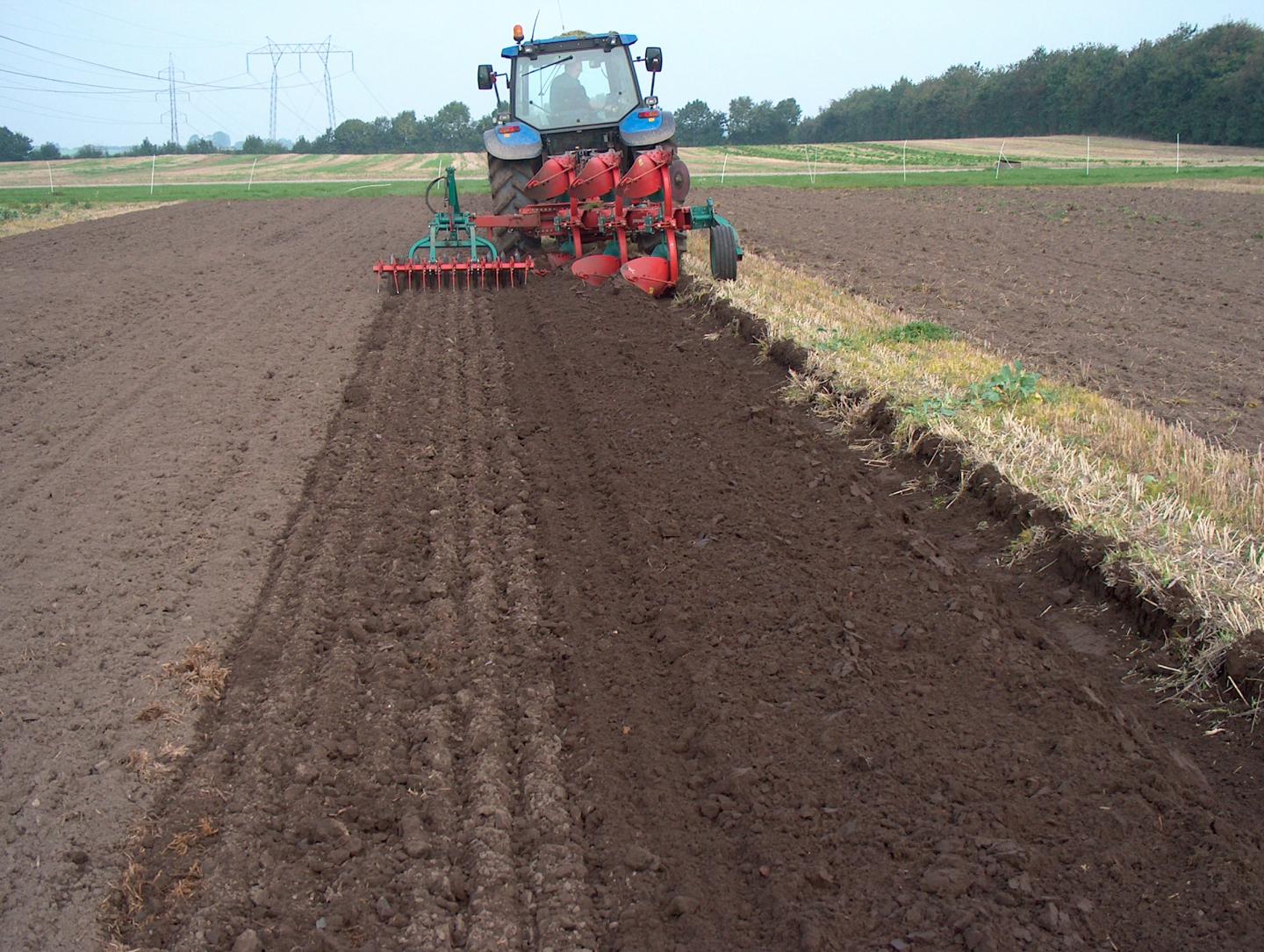
Credit: David Croft
When you are tired or hungry, you're not as productive. You may need to rest or eat. If you push yourself too far, you may get ill.
Soil gets tired and hungry, too. How do growers know that? When the fields are not as productive. Maybe yields are down, or diseases infect the plants. The soil can become too compact. It can lack nutrients needed to grow good crops. It may be more prone to erosion or have other physical problems.
Leaving a field fallow, or resting it, means the field is empty for a season or more. The field does not provide income for the grower but the continued fertilization, or feeding, is expensive. A bare field also runs the risk of erosion.
Conservation agriculture uses alternative methods to fallow and fertilization to revive soil while still nurturing the overall environment. Just like a doctor prescribes different treatments for different patients, scientists often recommend different methods for returning soil to health, depending on the soil's characteristics.
Lars Munkholm and research teammates at Aarhus University studied the impact of conservation agriculture techniques over a span of 11 years on two different farms. They combined the use of these techniques:
- creating very little soil disturbance (no-till or reduced tillage),
- ensuring permanent organic soil cover (residues and cover crops), and
- diversifying the crops grown on the farmland (crop rotation).
The fields they studied are in Denmark, and have sandy loam soils. An ideal soil for farming is usually a type of loam, with a good mixture of sand, silt, and clay particles. But sandy loam soils have less clay to hold the soil together.
"Very few Danish soils have greater than 15% clay in the topsoil," Munkholm observes. "The clay content varied a bit at both farm sites, which significantly affected a range of soil properties. The studied soils were probably too sandy as compared to the 'ideal' situation even though they are very productive."
The typical Danish farmer needs to successfully grow food and feed on these soils, making this study important for the nation's agribusiness industry.
A further challenge for Danish farmers with regard to no-till or reduced till is the humid environment. "Denmark is located in a cool and humid climate where soil compaction is a major problem," says Munkholm. "Intensive soil loosening is typically needed to aerate the soil and stimulate drying of the surface soil. However, there is a steadily increasing interest in reduced tillage and no tillage in Denmark."
Typical small grain cereals such as wheat, barley, and oats were the dominant crops in the study. The team rotated these crops with rapeseed and peas. Rapeseed is an oil crop, providing income for the growers. Peas, as part of the legume family, can use nitrogen in the air as "food" and increase the amount of nitrogen available in the soil. This often reduces the need for chemical fertilizers. Researchers also used fodder radish as a winter cover crop. Their large, deep taproots help break up compacted soil.
This study found that in fields with less tillage, leaving crop residue on the soil was a good solution. In addition, growing permanent cover crops kept roots growing in the soil. This broke up soil clumps and made room for air and water. It also created a beneficial environment for soil microbes, fungi, and other organisms such as earthworms and ants.
Munkholm's team looks forward to studying the effects of conservation agriculture techniques for a longer period. "It takes time before changes in crop rotation, residue management, and cover cropping are fully developed in the soil," says Munkholm.
###
Read more about Munkholm's work in Soil Science Society of America Journal. The Danish Ministry of Food, Agriculture and Fisheries funded this research.
Media Contact
Susan Fisk
[email protected]
608-273-8091
@ASA_CSSA_SSSA
http://www.agronomy.org
############
Story Source: Materials provided by Scienmag





